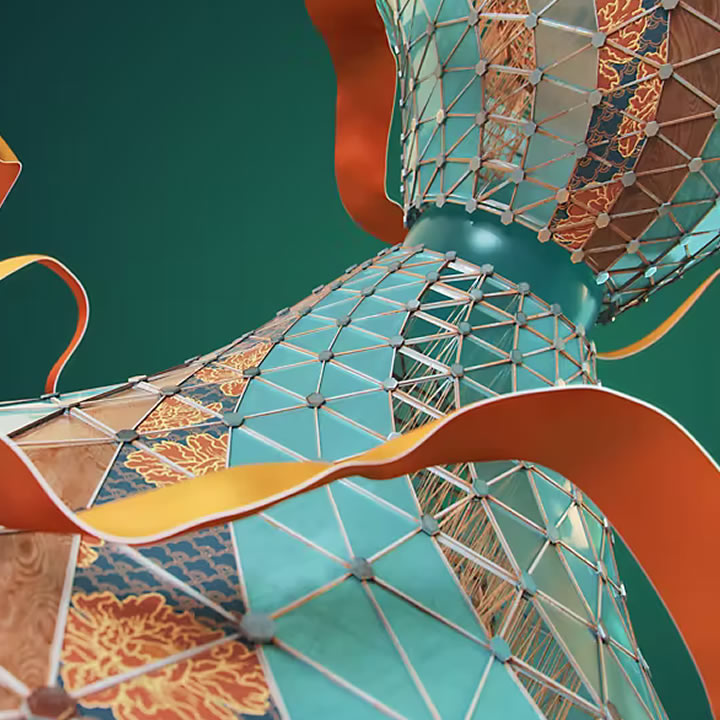The realm of 3D design is evolving at a pace never seen before. Central to this evolution is the 3D design software, a powerful tool constantly refined to offer unparalleled features and capabilities.
As one proceeds further into the intricacies of the 21st century, a series of emerging technologies and trends in the domain of 3D design beckon one’s attention. These innovations promise to redefine how one perceives and engages with the digital design world.
1. AI-Enhanced 3D Modeling
No longer just the subject of science fiction, Artificial Intelligence (AI) has rapidly become a significant force in the modern design landscape. Integrating AI with 3D software has ushered in an era where software can understand and anticipate user actions.
This has led to streamlined modeling processes, with AI suggesting design modifications or automating repetitive tasks.
It’s akin to having a virtual assistant who knows your design preferences intimately. Such proactive assistance amplifies efficiency and sparks unprecedented levels of creativity, paving the way for a harmonious fusion of human intuition and machine intelligence.
2. Augmented Reality (AR) Integration
In today’s digital age, Augmented Reality (AR) transforms how one interacts with real and virtual worlds. When coupled with 3D design, this technology brings forth immersive experiences straight out of futuristic tales.
Imagine architects or interior designers virtually overlaying their designs onto a physical space using a smartphone. This would enable clients to witness a lifelike rendition of the outcome before work commences.
Similarly, AR can bring static textbook diagrams to life in the education sector, allowing students to interact with 3D models, thereby enriching their learning experiences. AR and 3D design together are blurring the boundaries between reality and virtuality.
3. Sustainable and Eco-friendly Design
As global environmental concerns mount, the demand for sustainable solutions resonates strongly within the 3D design community. Progressive designers emphasize eco-friendly designs that address both aesthetic and environmental concerns.
With advanced 3D software, architects can simulate various environmental conditions, helping them design structures that optimize energy consumption or reduce waste. This shift in design thinking ensures that the creations of tomorrow are not only visually captivating but also play an active role in conserving the planet’s precious resources.
4. Real-time Collaboration in the Cloud
Gone are the days when geographical constraints limited designers. The latest 3D design platforms prioritize seamless collaboration, enabling multiple designers to work collectively on a project in real-time.
This is made possible by integrating cloud-based solutions into the design software.
It’s a paradigm shift that can be likened to a group of artists collaboratively painting a mural from different corners of the world. Such synergy ensures a richer pool of ideas, faster project turnovers, and a cohesive design narrative that resonates with global audiences.
5. Hyper-realistic Texturing and Lighting
Adobe states, “Build parametric lighting stages using procedural lights or 360° images.”
The quest for realism in the digital world has reached an exciting juncture. Cutting-edge 3D design tools are equipped with capabilities that allow for extraordinarily detailed texturing and lighting.
This level of detail is so profound that virtual objects can easily be mistaken for their real-world counterparts. For instance, digital artists can accurately recreate intricate textures like the grain of wood or the sparkle of wet surfaces.
Such advancements are invaluable for industries like film and gaming, where the line between reality and computer-generated imagery is becoming increasingly thin.
Exhilarating possibilities mark the horizon of 3D design. Powered by innovative 3D design software solutions, the industry stands at the cusp of a revolution marked by realism, sustainability, and global collaboration.
As one stands poised to embrace these innovations, the canvas of the future beckons with promises of unparalleled creativity and vision.

